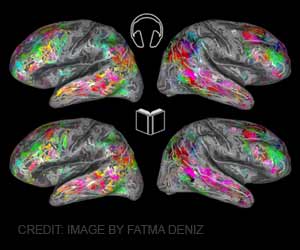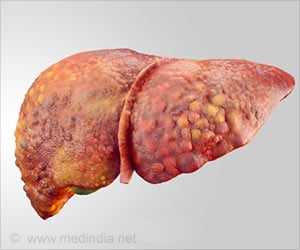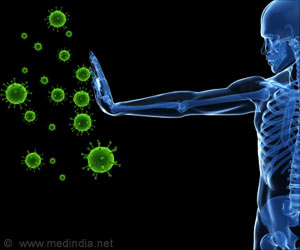Discover the incredible benefits of astaxanthin, the powerful carotenoid. From anti-aging to skin health, endurance to brain function, it's a game-changer!
- Astaxanthin is a potent antioxidant that fights free radicals, providing strong protection for the body
- Astaxanthin offers benefits such as improved skin health, enhanced endurance, and support for brain function
- Seafood, particularly microalgae and fish, is the primary source of astaxanthin. Natural supplements are also available
What are Carotenoids?
Carotenoids are "tetraterpene pigments that appear in yellow, orange, red, and purple." Carotenoids are the most abundant colors in nature, found in photosynthetic bacteria, certain archaea and fungi, algae, plants, and animals." Carotenoids are responsible for the bright yellow, orange, and red hues of foods such as carrots, papaya, saffron, and paprika (1✔ ✔Trusted SourceCarotenoids in human nutrition and health
Go to source). Carotenoids, in addition to coloring plants and algae, are antioxidants known for their ability to reduce inflammation, enhance immunity, preserve healthy vision, and be beneficial to the heart.
The astaxanthin carotenoid, on the other hand, is present in microalgae, which are consumed by fish. Have you ever wondered what gives salmon its pinkish hue? You guessed correctly. It's astaxanthin, which comes from the algae the salmon consumes (2✔ ✔Trusted Source
Astaxanthin: a review of its chemistry and applications
Go to source). Most material available online distills the reason it's considered the most powerful carotenoid to particular numbers: The phytonutrient is thought to be 6000 times more efficient than vitamin C, 110 times more effective than vitamin E, 560 times more effective than green tea extract, and 800 times more effective than coenzyme Q10!
Astaxanthin: Antioxidant Revolutionizing Health and Beauty
Is it any surprise that with all of these benefits packed into one substance, everyone is sitting up and taking notice? Here are the primary benefits of this tongue-twisting wonder ingredient known for its anti-aging, anti-inflammation, anti-cancer, lipid-lowering, and anti-diabetes properties:- Most antioxidants are known to work on either the outside or inner cell membrane to scavenge free radicals. In comparison, Astaxanthin can fight free radicals in both the outer and interior cell membranes, which means it provides stronger protection for our bodies.
- Astaxanthin has been proven to pass the blood-brain barrier, which can aid improve neurological function and overall cognitive health (3✔ ✔Trusted Source
Biological and neurological activities of astaxanthin (Review)
Go to source). - There's a reason why astaxanthin is becoming a popular component in skincare. It has been shown to remove age spots, smooth wrinkles, restore skin moisture, and protect skin from UV damage. The claims were supported by a study published in The Journal of the Polish Biochemical Society (4✔ ✔Trusted Source
Cosmetic benefits of astaxanthin on humans subjects
Go to source). In addition, according to a study published in the journal Nutrients , this carotenoid "exhibited multiple biological activities to preserve skin health and achieve effective skin cancer chemoprevention." - Astaxanthin has also been linked to increased endurance in the body. It "might help increase endurance, boost physical stamina, and reduce fatigue levels during and after intensive exercises (5✔ ✔Trusted Source
Antioxidants and Sports Performance
Go to source)."
Sources of Astaxanthin
However, because the human body cannot produce astaxanthin, seafood is the finest source of pigment (6✔ ✔Trusted SourceAstaxanthin: sources, extraction, stability, biological activities and its commercial applications--a review
Go to source). There are natural carotenoid supplements on the market now, with a recommended dosage range of 6-8mg daily. However, it is recommended that you consult with your doctor before incorporating it into your diet.
According to Grand View Research, the demand for astaxanthin is increasing. It is utilized in a variety of products ranging from pharmaceuticals and nutraceuticals to cosmetics and food and beverage. According to the analysis, the worldwide astaxanthin market was worth $1.9 billion in 2022 and is predicted to increase at a CAGR of 17.2% between 2023 and 2030.
References:
- Carotenoids in human nutrition and health - (https://pubmed.ncbi.nlm.nih.gov/29885291/)
- Astaxanthin: a review of its chemistry and applications - (https://pubmed.ncbi.nlm.nih.gov/16431409/)
- Biological and neurological activities of astaxanthin (Review) - (https://pubmed.ncbi.nlm.nih.gov/35946443/)
- Cosmetic benefits of astaxanthin on humans subjects - (https://ojs.ptbioch.edu.pl/index.php/abp/article/view/2168)
- Antioxidants and Sports Performance - (https://pubmed.ncbi.nlm.nih.gov/37242253/)
- Astaxanthin: sources, extraction, stability, biological activities and its commercial applications--a review - (https://pubmed.ncbi.nlm.nih.gov/24402174/)








